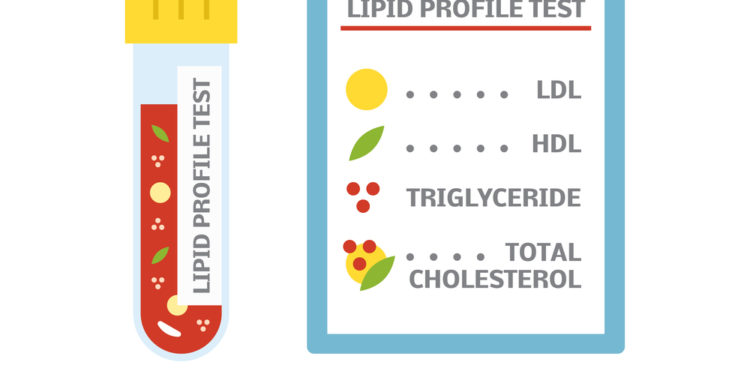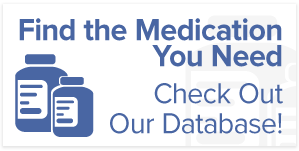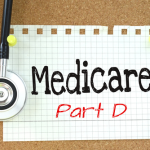We Can Help with the Cost of Dyslipidemia Medications
All of our cells, to reproduce, need nutrients to survive. Through our food, our cells utilize carbohydrates, protein, and fats (lipids) to produce the energy they need. But, when our blood carries too many fat nutrients, it can eventually cause plaque to build up in the arteries. This, in turn, can lead to heart disease, heart attack, and stroke. Individuals who carry too many lipids throughout the body are diagnosed with Dyslipidemia. To reduce the chance of heart problems and the number of lipids throughout the bloodstream, patients are prescribed Dyslipidemia medications. If you have been prescribed these medications, Advocate My Meds may be able to help to reduce the costs through various patient assistance programs.
Causes of Dyslipidemia
Dyslipidemia is a metabolism disorder which affects individuals who either don’t produce enough lipids or have an excess amount of lipids in the bloodstream. But, how does this happen? Causes of developing Dyslipidemia are either primary or secondary.
Primary: Those who are affected by the primary cause of developing Dyslipidemia produce more triglycerides, high amounts of low-density lipids (LDLs), and/or low amounts of high-density lipids (HDLs). This happens because of a gene or several genes which have mutated. Those diagnosed with the primary cause for Dyslipidemia are usually children.
Secondary: These causes of Dyslipidemia are the result of outside forces rather than the inability for the body to perform effectively. The most common secondary cause of Dyslipidemia is a diet high in processed fats like trans fats, saturated fats, and cholesterol. Other secondary causes of Dyslipidemia include a diet high in alcohol intake, taking certain medications, diabetes, hypertension, obesity, and kidney disease.
How Do I Know if I’m Struggling with Dyslipidemia?
Unfortunately, it can be hard to tell if someone is struggling with Dyslipidemia simply by looking at them or characterizing symptoms. Many individuals don’t have any symptoms at all until they develop further problems as a result of high or low lipid levels in the blood. So, it’s important to receive regular checkups so that your doctor can offer blood tests which can determine your risk for developing Dyslipidemia. If upon blood test your doctor determines that your lipid levels are abnormal, you’ll receive a diagnosis and a treatment plan determined on your cause of development of the disease.
Different Treatments for Dyslipidemia
Although once diagnosed your doctor may prescribe you with Dyslipidemia medications, there are also lifestyle changes you can make to balance lipid levels. Specific lifestyle changes you can make to reduce high levels of harmful lipids and increase levels of good lipids include:
Exercise: High blood pressure and obesity are leading secondary causes of Dyslipidemia. Exercise can help with both. The muscle is a heart. And, with strengthening, it can pump blood faster and with less effort. This, in return, helps blood pressure within the arteries, helping those with hypertension as a secondary cause for Dyslipidemia. Those who are obese may have developed other secondary causes of Dyslipidemia as a result like hypertension or diabetes. Frequent exercise can help these individuals to lose weight. As a result of weight loss, the body will use excess lipid storage as energy to balance levels.
Diet: Obviously, reducing or completely eliminating foods which contain trans or saturated fats is a start to making the lifestyle changes needed to balance lipid levels. But, there are other diet changes one can make as well. Reducing the amounts of diary and red meat intake can greatly help with lipid balance. Additionally, implementing healthier choices can help the entire body to function better. Instead of sugary foods or foods high in fat, select more green vegetables, fish, grains, and nuts. Giving your body the right nourishment can help to create the balance of nutrients your cells need to produce energy and stay healthy.
Dyslipidemia Medications: There are a few different prescription Dyslipidemia medications that your doctor may prescribe to you. The most commonly prescribed types of Dyslipidemia medications are statins, fibrates, and lipoproteins. Your doctor will determine which type of medication will help the specific causes of your disorder.
Getting Help Paying for Dyslipidemia Medications
For many diagnosed with Dyslipidemia, medications may be a challenge to afford. High health insurance deductibles and the inability for those with prior health problems to be eligible for PPOs makes affording prescription medication nearly impossible for millions of Americans. But, thankfully, there area organizations who are committed to helping patients afford medications. Ready to see if you are qualified to receive discounts or even complete coverage of your Dyslipidemia medications through patient assistance programs offered through Advocate My Meds? Call us now at 877-596-1604.







